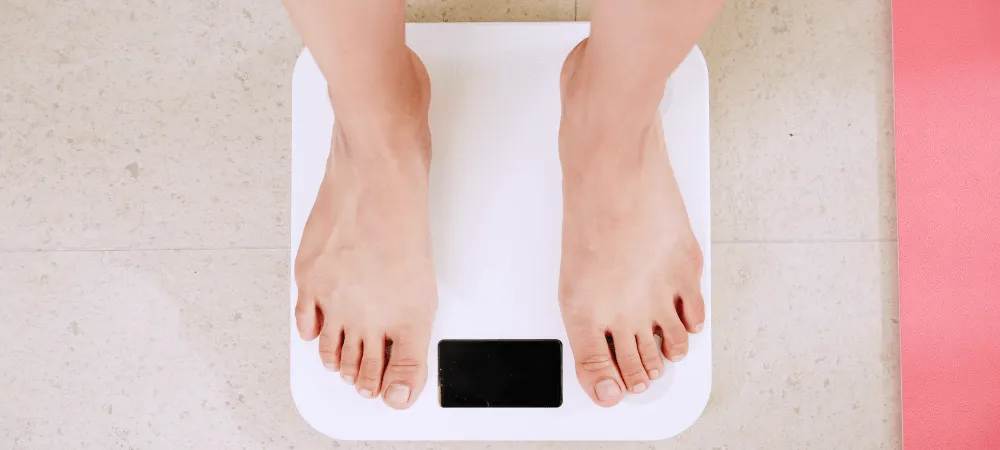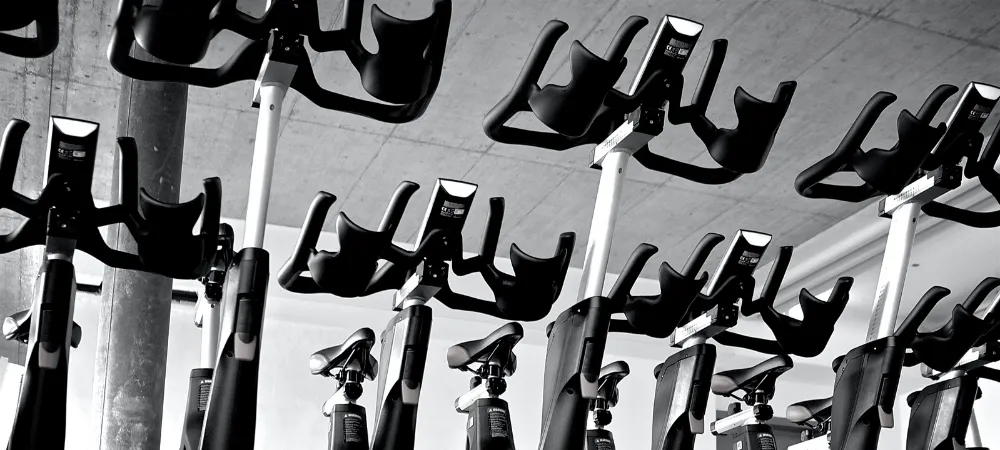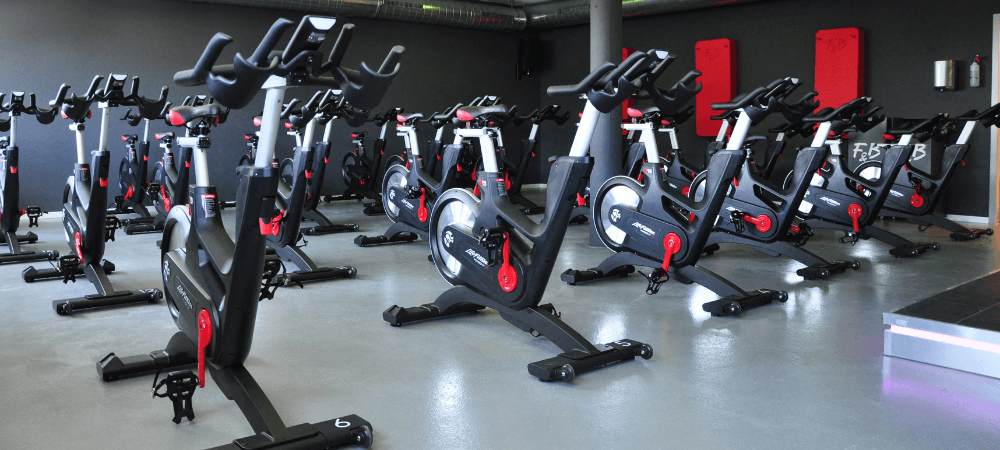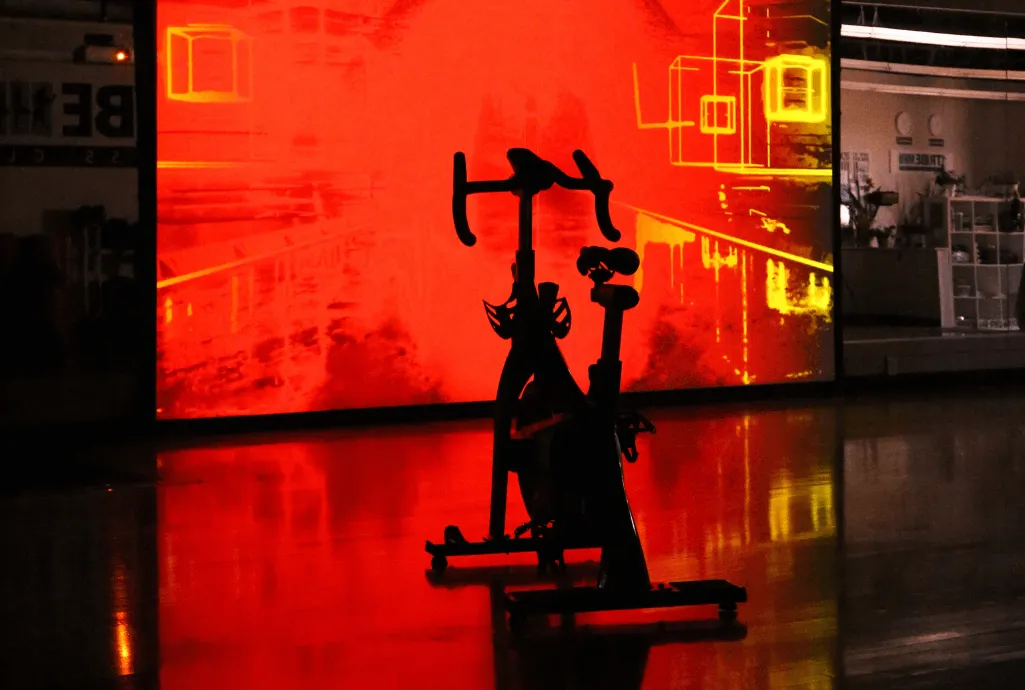If you’re thinking about starting Peloton classes for weight loss purposes, then the Peloton power zone training method is the answer. Just look at the age of Peloton instructors and their form.
Peloton power zone training combines a wide range of intensity zones that aim to develop your physique in the most versatile way.
Each zone is based on personal performance, so the training is very personal. It doesn’t matter whether you are a complete beginner or a professional cyclist, you will train according to your performance.
Peloton power zone weight loss program is an ideal training type. It allows you to customize your training according to your needs by choosing different insanity classes and duration. Before diving into the world of power zones, make sure that your Peloton resistance is working properly.
Table of Contents
What is Peloton power zone training?
Peloton power zone is a training method that makes participants work out in a particular power zone. There are 7 training zones in total.
Peloton Power 7 training zones:
Zone 1 – Very Easy (best for active recovery purposes)
Zone 2 – Moderate (long ride pace)
Zone 3 – Sustainable (sustainable for well over an hour)
Zone 4 – Challenging (sustainable for about one hour)
Zone 5 – Hard (sustainable for 10-15 minutes)
Zone 6 – Very Hard (sustainable for 30 seconds up to 3-5 minutes max)
Zone 7 – Max Effort (sustainable for only a few seconds)
Peloton power zone classes have different types, so every participant can join a class that fits his goals.
Peloton power zone weight loss training is done between Zone 3 and Zone 3 class.
What are the benefits of Peloton power zone training?
Key benefits of power training include:
- Weight loss
- Increased fitness levels
- Toned muscles and more strength
- Improved endurance
- Stronger immune system
Peloton power zone weight loss is a great tool to burn calories quickly and, at the same time, boost your fitness performance and tone up your muscles.
All classes feature different intensities, durations and even different instructors. This is a perfect way to keep yourself motivated for longer and not get bored.
How is the power zone training calculated?
The Peloton power zones are calculated based on Functional Threshold Power Test or FTP Test result.
This test determines your fitness level and will set up your Peloton power zone training routine.
If you have already thought that you need a heart rate monitor for this test, then good news! You don’t need additional equipment besides your Peloton bike; spare 20 minutes. The FTP test is completely free.
As mentioned above, FTP test results will develop the tailor-made power zones you will use further during your Peloton power zone weight loss training.
We are recommending taking this test being fresh, well hydrated and in a good mood to exercise. This way, you will perform as well as possible, making customization accurate.

Peloton power zone weight loss goal
Peloton power zone training classes are a great way to achieve weight loss goals.
There are 7 different zones that have a purpose and help their participants to achieve different goals.
Peloton power zone beginner classes are typically between zone 1 and 3. These zones are classified as very easy, moderate and sustainable.
They are a good fit for beginners who start their fitness journey as they will give basic knowledge of Peloton classes and prepare the body well enough for more advanced classes.
However, even advanced Peloton users are using these zones as they are considered Peloton power zone weight loss classes. This is due to low intensity that makes your body use energy from fat storage as a primary energy source.
Another advantage is as above mentioned classes are not so physically demanding. Participants do them 3-4 times a week, and each session lasts around 1 hour.
Zones from 4 to 7 are considered as power zone max classes. They are classified as challenging, hard, very hard, and max effort.
These classes are meant for more advanced Peloton users as they are more demanding, and the pace there can be intense.
The advantages of such classes are that they improve overall power, lung capacity, speed and high-effort endurance. Classes like that usually last under an hour, but despite their short duration, they burn lots of calories.
Peloton power zone weight loss is possible through the whole difficulty range. Each class serves its purpose, but they all burn calories, which is the most important thing regarding the weight loss journey.
How much weight can you lose on Peloton?
There is no definitive answer to that question. Doing Peloton power zone training weight loss training is only one factor out of many.
Besides training, you should take into consideration your nutrition and how many calories you are consuming on a daily basis. A calorie deficit is one of the most important factors when it comes down to weight loss.
Other factors like how many times per week you train or whether you are getting enough sleep are also very important and irreplaceable aspects.
Ultimately, it’s up to everyone how much weight will be lost through Peloton power zone training classes. It might sound cliche, but consistency is the key to weight loss success.

How many times a week should I ride my Peloton to lose weight?
To maximize Peloton power zone weight loss, we recommend participating in the classes 4 times, with each session duration between 50 and 70 minutes.
Another important factor to consider is increasing training intensity every 3 weeks to keep your fitness progress at a good pace.
Remember that you should be well-hydrated and in a good mood for a workout before each session.
Power Zone Training vs. Heart Rate Zone Training
Power zone training is mostly associated with the Peloton training method. Power zones are divided into 7 different categories; each zone has its own purpose and fits under different goals.
Peloton power zone weight loss training is usually best in Zone 2 and Zone 3. While Zone 1 is ideal for speeding up your recovery. Zone 5, 6 and 7 are ideal for developing strength and boosting overall fitness levels.
Heart rate zone training is a training type that relies on your pulse and helps you to determine whether the current intensity is good enough for you.
Heart rate zone training is considered more accurate when it comes down to measuring your intensity. This is because daily activities such as sleep quality and duration, diet or stress levels may affect your performance and how your body reacts to a workout.
Heart rate zones have 5 different zones:
Zone 1: 133 bpm and lower – Working out in this zone is good for recovery
Zone 2: 134 – 147 bpm – Scientists believe training in this zone is the best for weight loss through burning fat. Training in this zone forces the body to use fat as an energy source.
Zone 3: 148 – 160 bpm – Ideal for improving endurance and increasing overall aerobic capacity.
Zone 4: 161 – 173 bpm – Improving power and speed.
Zone 5: 174 bpm and higher – Athletes rarely use this zone as it’s very draining and has a high risk for injury. It is not recommended for beginners.
For heart rate zone training, you need a heart rate monitor. We recommend buying or using an existing smartwatch capable of measuring your pulse.
Peloton power zone training benefits
The Peloton power zone system has many training benefits that help achieve different fitness goals.
Zone 1 is considered as Very Easy. It’s suitable for those who are interested in active recovery or beginners. Beginners benefit from this training class as it improves basic fitness levels and, at the same time, prepares the body for harder classes.
Zone 2 is a Moderate difficulty class. It’s suitable for a long ride, and such classes are usually 60 minutes long. Classes in this zone are considered Peloton power zone weight loss workouts because they aim to burn fat and improve endurance.
Zone 3 is a Peloton class that is aimed at building your endurance. The pace in this class is higher but is still considered sustainable for over an hour.
Zone 3 is also considered a Peloton power Zone weight loss workout due to its nature when it comes down to intensity. Besides improved endurance and burning calories, all participants notice how their bodies look more toned.
Zone 4 is a workout type that is called a Power zone. This class is already challenging, and the intensity is aimed at 91 – 105% of your FTP.
Peloton classes in this zone are good for individuals interested in building a bit of power in their legs and improving their speed.
Despite the higher intensity, the class takes up to an hour. Many participants choose this class as their favorite because it combines slow and high pace training.
Zone 5 – Hard. This Peloton power zone is meant for advanced individuals interested in improving their power and speed. Zone 5 is also considered a Power zone and is usually combined between all zones mentioned above.
Zone 6 – Very hard. Training in this power zone is sustainable for 30 seconds and, in total, no more than five minutes during one training session.
Classes that include this intensity usually use the HIIT approach (High Intensity Interval Training) because it combines high intensity and low intensity.
Such classes are usually 20-30 minutes long and burn many calories. Some advanced athletes use this power zone training for weight loss purposes.
Zone 7 – Max Effort. Great workout for those who are competing athletes and need that extra push.
Not recommended for beginners as such a zone is sustainable for professionals for a very short period of time and demands lots of mental and physical power.

Which Peloton classes are best for weight loss?
The best Peloton power zone weight loss classes are in Zone 2 and 3.
This is because both Zone 2 and Zone 3 training classes are done with a moderate intensity that fits all individuals. Another benefit of this power zone training for weight loss is training at lower intensities. You are forcing your body to use fat as an energy source.
As these classes are lower intensity, you must understand that each session should be around one hour long. From a frequency point of view, ideally, for the best Peloton power zone weight loss results, you should train between 3 and 4 times per week.
However, we understand that only some of our readers are motivated to do 3-4 sessions each week, each one hour long.
Peloton power zone cycling for weight loss can be done in Zones 5, 6 and 7. The training there is more intense, takes less time and burns lots of calories. Additionally, it will train your endurance, speed and power.
Conclusion
Peloton power zone classes are a very effective exercise method that helps to achieve several fitness goals, such as weight loss, improved endurance, power and toned muscles throughout the whole body.
Thanks to the FTP test, the Peloton power zones are adjusted according to your physical ability, and the whole training session feels more personal.
Peloton power zone training program consists of 7 different training zones. Each zone has its own purpose and helps to achieve different goals. Zones from 1 to 3 are considered as Peloton power zone weight loss classes.
Zones from 4 to 7 are considered power zone max classes. Their goal is to improve overall fitness performance, build speed and power and improve lung capacity.
Overall, Peloton power zone cycling for weight loss is a perfect tool for everyone out there who wants to slim down and improve their health. Further boosting your workout experience, you might want to consider replacing existing flywheel. Heavier flywheel will offer you smoother ride by replicating feeling of cycling outside.

